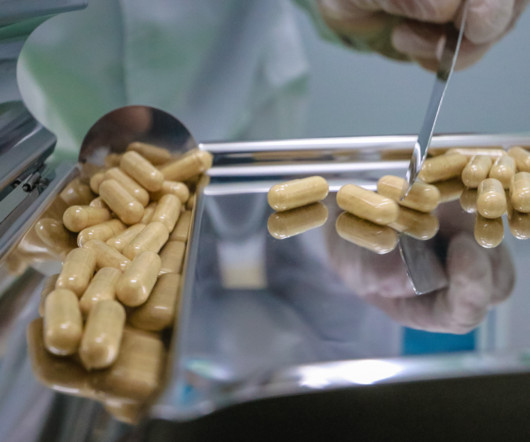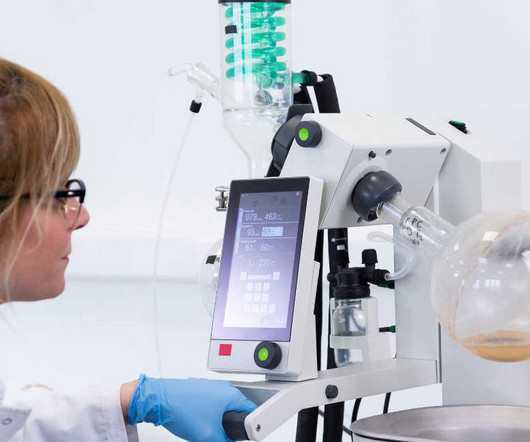The body’s own cannabinoid system for healing
Chiropractic Economics
OCTOBER 29, 2024
6 For DCs, this is particularly relevant as many of the conditions treated, such as joint pain, back pain and soft tissue injuries, involve inflammatory processes. Manual adjustments can influence the nervous system, potentially affecting the ECS by altering nerve signals and reducing stress on the body.












Let's personalize your content